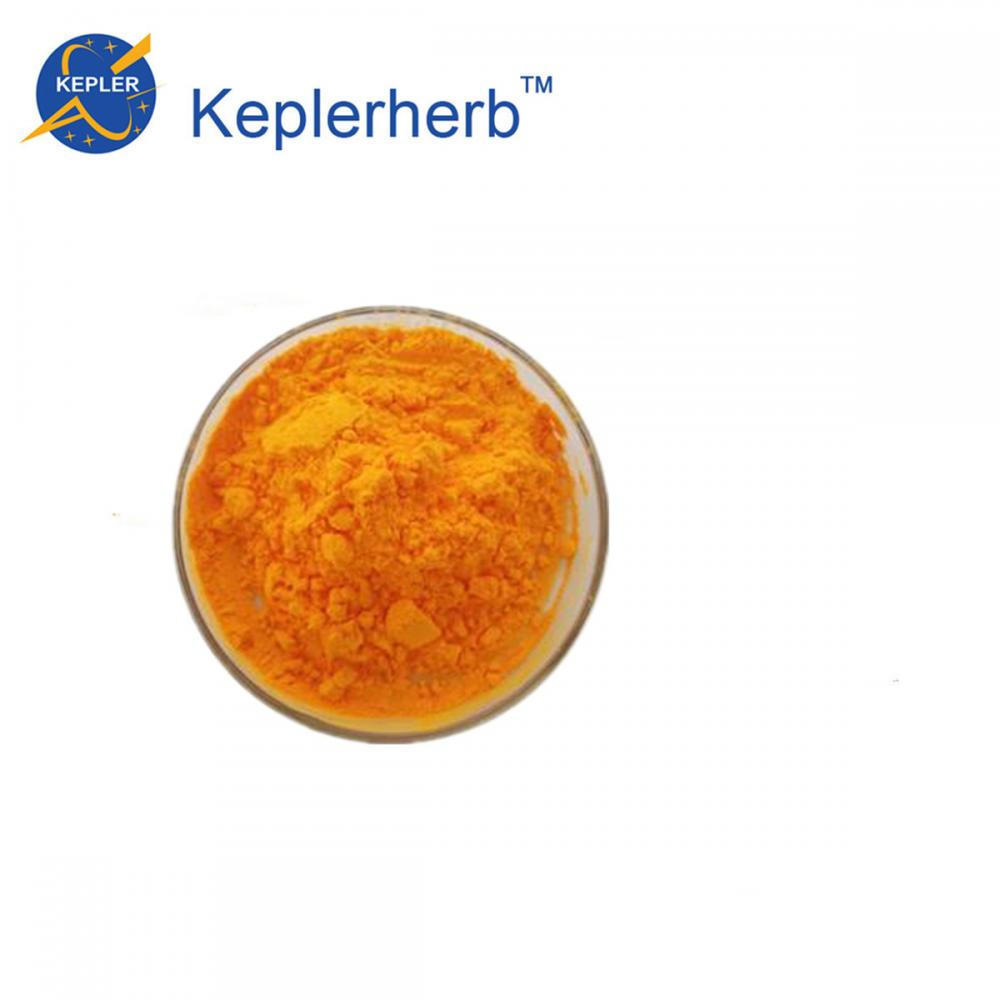Filtration is one of the most common methods of separation and purification and is commonly used for the separation of liquid or gas mixtures. The principle is: under the action of external driving force (gravity, pressure, centrifugal force, etc.), the fluid in the suspension (or gas) on one side of the filter medium flows through the filter medium to the other side, and the solid particles are used by the medium. Interception, thereby achieving separation of fluid from particulate objects. Filtration is also very common in our lives. For example, in areas where the air environment is not good, many people wear masks when walking outdoors. The materials used for masks, including gauze and activated carbon, are a kind of filter medium. Objects that need to be separated by filtration, usually some coarse particles, bacteria, viruses or high molecular substances.
Filtration is also the most common method of separation in scientific research, such as life sciences and chemical analysis experiments. Different forms of filtration are used in sterilization filtration, microbial qualitative and quantitative analysis, sample concentration, and chromatographic column protection.
Filter media are generally required to have properties such as porosity, physicochemical properties, and durability. There are many materials that can be used as filter media. Depending on the filtration mechanism, filter media mainly includes two major categories: deep filtration and surface filtration.
Deep filtration, in simple terms, is a coarse filtration, generally using some lower cost filter media, such as quartz sand activated carbon filter or coarse fiber filter. The pore sizes in these media have a wide range and vary in size. When the suspension passes through the filter medium, the solid particles are randomly adsorbed or trapped in these pores, and some of the large particles can pass through the filter membrane. The pore size of the depth filter media is only a nominal interception range and is not a 100% cutoff limit. The advantage of depth filtration is the high adsorption capacity, which is usually used for pre-filtration in fine experiments.
The filter media used for surface filtration are mostly polymer membrane materials with a uniform pore structure and uniform pore size distribution, such as mixed cellulose, polytetrafluoroethylene PTFE, nylon, polyethersulfone and polyvinylidene fluoride PVDF. The surface filter medium has a very specific trapping pore size parameter. When the suspension flows through the surface of the membrane, the fine pores evenly distributed on the membrane allow only water and small molecular substances smaller than the intercepted size to pass, while the volume in the suspension is larger than the interception. The pore size of the material is 100% trapped on the feed side of the membrane to effect separation and concentration of the stock solution. Surface filtration is characterized by good retention and can trap all particles larger than the pore size. However, the filtration capacity is limited and suitable for fine filtration.
The following figure shows the schematic of surface filtration and depth filtration:

| 
|
Deep filtration diagram | Surface filtration diagram |
Through the understanding of the above basic concepts of filtration, we can help us to select the appropriate filtering method and appropriate filter media according to the specific conditions in the experimental work to prove the accuracy of the experiment.
FOOD ADDITIVES
Our company is mainly engaged in the production of NATURAL PLANT EXTRACT raw materials, and is a famous supplier of plant extract raw materials in China.
The term "food additive" refers to a chemical synthetic or natural substance added to food for the purpose of improving the quality, color, fragrance and taste of food, as well as for the needs of preservation and processing technology. Due to the rapid development of the food industry, food additives have become an important part of the modern food industry, and have become an important driving force for technological progress and technological innovation in the food industry. In the use of food additives, the most important thing is to ensure the safety and health of food, in addition to ensuring their proper functions and functions.
The following are the main recommended raw materials for food additives.

Food Additives
Shaanxi Kepler Biotech Co.,Ltd , https://www.keplerherb.com


